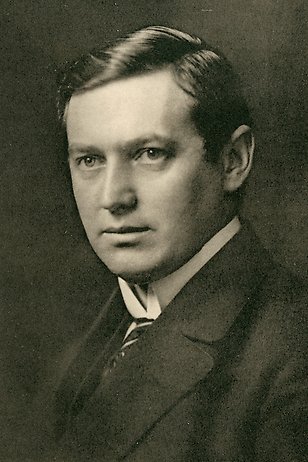Manne Siegbahn

Manne Siegbahn (1886–1978) was awarded the Nobel Prize in Physics 1924 “for his discoveries and research in the field of X-ray spectroscopy”.
Manne Siegbahn got a Doctor’s degree in Lund 1911. In 1920 he became Professor of Physics in Lund and 1923 in Uppsala. From 1937 he held a research professorship in experimental physics at the Royal Swedish Academy of Sciences in Stockholm and was Director of the Academy’s Nobel Institute for Physics.
Manne Siegbahn was first focused on studies of electricity and magnetism but from 1912 he grew interested in X-ray spectroscopy where he developed methods and instruments for precision analysis. With these tools he studied transitions between electron shells in different atoms and created an empirical basis for quantum theory around these phenomena. For this research he was awarded the Nobel Prize in Physics 1924.
Siegbahn’s later research was devoted to problems in nuclear physics. At the Nobel Institute a smaller and a larger cyclotron were constructed for generating the amounts of energy necessary to study the structure of the atomic nucleus.
Manne Siegbahn and Uppsala University today
Uppsala is home to Sweden’s perhaps most extensive research in physics and astronomy. The research stretches from string theory, particle physics and nuclear physics via atomic physics and materials science to the origin of our solar system and the entire universe.
Uppsala is an active participant in a great number of leading national and international research collaborations such as the European particle physics laboratory CERN and MAXLab in Lund which is a national research laboratory using synchrotron radiation.
